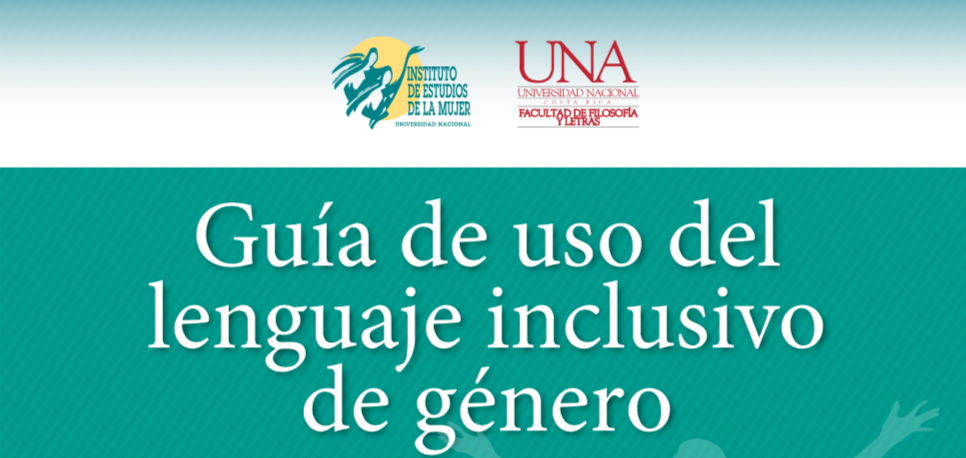FROM THE “CIVILIZED MAN” TO THE “TECHNICIZED BARBARIAN”: INDIGENISTA CINEMA IN MEXICO AND BRAZIL
DOI:
https://doi.org/10.15359/80.3Keywords:
Indigenista film; mestizaje; anthropophagy; Instituto Nacional Indigenista; Video in the VillagesAbstract
In this article I seek to explore the juxtaposition of indigenous subject and machine in film. Thus, I approach “indigenista” films, that is, films that show a well-disposed stance towards indigenous people from a non-indigenous perspective. I analyze two films that are represen- tative of two projects of “indigenista” cinema in Latin American: the first one, produced by the Instituto Nacional Indigenista in Mexico and the second one, made by Brazilian anthro- pologists from the organization Video in the Villages.
References
Alvarado, Margarita. (2008). Magia salvaje y automatismo técnico. La construcción visual de una alteridad americana. Video presentado en la mesa “Etnicidad y Representación: La imagen del otro”, Primer Seminario Territorios de la Imagen en Ciencias Sociales, PUCV, Viña del Mar. Recuperado de https://vimeo.com/20818585, Última com- probación el octubre 2019.
Amancio, Tunico. (2015). Redes e fios indígenas nas telas brasileiras – imagens em (des) construção. Quo Vadis Romania? 46, 10–24.
Antileo, Enrique. (2012). Migración mapuche y continuidad colonial. En Comunidad de Historia Mapuche (Ed.), Ta iñ fijke xipa rakizuameluwün. Historia, colonialismo y resisten- cia desde el país Mapuche (pp. 187–208).. Temuco: Ediciones Comunidad de Historia Mapuche. Aufderheide, Patricia (1995): The Video in the Villages Project: Videomak- ing with and by Brazilian Indians. En: Visual Anthropology Review 11 (2), pág. 83–93.
Aufderheide, Patricia. (2008). You See the World of the Other and You Look at Your Own. The Evolution of the Video in the Villages Project. En Journal of Film and Video, 60(2), 26–34.
Becerril, Alberto. (2015). El cine de los pueblos indígenas en el México de los ochenta. Revista Chilena de Antropología Visual 25, 30–49.
Bonfil, Guillermo. (1990). México profundo. Una civilización negada. México D.F.: Grijalbo. Comisión Nacional para el Desarrollo de los Pueblos Indígenas. (2009). El cine indigenista
(folleto informativo). México D.F.: Autor.
Córdova, Amalia. (2014). Reenact, Reimagine: Performative Indigenous Documentaries of Bolivia and Brazil. En V. Navarro y J. C. Rodríguez (Eds.), New Documentaries in Latin America. Nueva York: Palgrave Macmillan.
Favre, Henri. (1999). El indigenismo. México D.F.: Fondo de Cultura Económica.
Gamio, Manuel. (1916). Forjando Patria (Pro Nacionalismo). México D.F.: Porrúa Hermanos. Ginsburg, Faye. (1994). Culture/Media: A (Mild) Polemic. Anthropology Today, 10(2), 5–15. Ginsburg, Faye. (2011). Vídeo Parentesco: um ensaio sobre A Arca dos Zo’é e Eu já fui seu
irmão. En V. Carelli, A. Carvalho y E. Carvalho (Eds.), Video nas aldeias, 25 anos,
-2011 (pp. 172–179).
Jáuregui, Carlos. (2008). Canibalia: Canibalismo, calibanismo, antropofagia cultural y consumo en
America Latina. Madrid: Iberoamericana Editorial.
Mariátegui, José Carlos. (2007). Siete ensayos de interpretación de la realidad peruana. Caracas:
Ayacucho.
Nichols, Bill. (1991). The Ethnographer’s Tale. Visual Anthropology Review, 7(2), 31–47. Queiroz, Ruben de. (2013). Política, estética y ética en el proyecto Vídeo nas Aldeias. Quadernos
Inter.c.a.mbio 10, 39–49.
Ramos, Alcida. (1992). The Hyperreal Indian. Série Antropologia 135, 1–17.
Ramos, Guiomar. (2008). Um cinema brasileiro antropofágico? (1970-1974). Sao Paulo: Annablume. Turner, Terence. (1992). Defiant Images: The Kayapo Appropiation of Video. Anthropology Today,
(6), 5–16.
Villoro, Luis. (2014). Los grandes momentos del indigenismo en México. México D.F.: Fondo de
Cultura Económica.
Wahren, Cecilia. (2016). Encarnaciones de lo autóctono. Prácticas y políticas culturas en torno a la
indianidad en Bolivia a comienzos del siglo XX. Buenos Aires: Teseo.
Wortham, Erica Cusi. (2013). Indigenous media in Mexico. Culture, community, and the state.
Durham, London: Duke University Press.
Zapata, Claudia. (2013). Intelectuales indígenas en Ecuador, Bolivia y Chile. Diferencia, colonialismo
y anticolonialismo. Quito-Ecuador: Abya-Yala.
Downloads
Published
How to Cite
Issue
Section
License
La revista trabaja bajo la Licencia Creative Commons Atribución-NoComercial-CompartirIgual 4.0 Internacional; apartir de la publicación número 79 (2019); en publicaciones anteriores se trabajaba bajo una Licencia Atribución- No Comercial- Sin Derivadas 4.0 Internacional.







